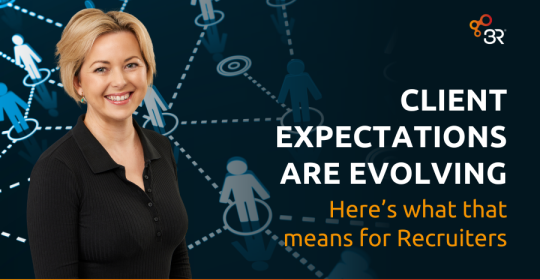The business world often talks about neurodiversity in the workplace in relation to the big names who champion the strengths of their differences. Richard Branson, Steven Bartlett and Elon Musk all represent different types of neurodiversity across the spectrum of dyslexia, ADHD and Autism, highlighting how their particular thinking styles have shaped their success in business. Their stories have helped reframe neurodiversity as a strength rather than a challenge.
Of course, It’s not just high-profile leaders who bring unique thinking to the table. Businesses should recognise that around 15–20% of their own employee population is neurodivergent. These people represent a huge pool of untapped potential, and without proper support and policies in place companies may miss out on the benefits neurodiverse thinkers can bring.
If organisations truly want to unlock the potential of neurodiverse talent, they must go beyond awareness campaigns and isolated training sessions. That means creating systems, policies and shared accountability that make inclusion an everyday reality, not just an HR initiative. Studies show that organisations which champion neurodivergence across their workforce perform better than those who do not.
Authentic inclusion requires structure, not just sentiment
Authentic inclusion starts with structure. That includes flexible working arrangements, quiet spaces or noise-cancelling options in offices, and clear, consistent communication channels that work for different thinking styles. Equally important are employee resource groups that empower neurodiverse staff to advocate for their needs and shape company policy.
On top of having the right structures in place, training needs to provide on why these structures are important – and how to make neurodiverse employees made to feel valued. But it’s important that this training is be treated as a fundamental competency - just like communication, leadership or digital literacy.
Embedding this training into leadership programmes, onboarding and performance reviews ensures that every employee understands how to collaborate, inclusively. It also helps managers recognise and leverage different working styles rather than seeing them as challenges.
This approach builds what psychologists call “psychological safety” - an environment where employees feel comfortable expressing ideas, asking questions and learning from mistakes without fear of stigma. When that safety exists, teams become more adaptable, innovative and high-performing.
Over time, this kind of embedded learning transforms company culture. It moves inclusion from policy to practice - and from practice to habit.
Measuring progress and building accountability
Like any business priority, inclusion needs measurable outcomes. Businesses can’t simply put training in place and expect a change. You can’t track what they don’t measure! Tracking neurodiverse representation, engagement and retention rates helps identify strengths and gaps. Measuring participation in training programmes, accessibility scores and employee feedback can also provide valuable insight into what approaches are working.
Accountability for progress must extend beyond HR or DEI functions. Every leader, team manager and employee has a role to play in building an inclusive workplace. When senior leaders model inclusive behaviour - for example, by being transparent about their own learning or adjustments - it sends a clear message that inclusion is not optional. It’s everyone’s responsibility.
Shared accountability builds trust. Employees and stakeholders alike can see that inclusion is being taken seriously, not merely being treated as a branding exercise. Transparent reporting on DEI metrics reinforces that message and strengthens credibility with customers, investors and partners.
The advantages of neurodiverse inclusion in today’s business landscape
Beyond fairness, there’s a powerful business case for neuroinclusion — particularly in an AI-driven world. Modern organisations increasingly depend on skills such as creativity, problem-solving, pattern recognition, and hyper-focus, precisely the areas where neurodiverse talent often excels. By embracing neurodiversity, businesses can build teams that think differently, spot opportunities others might miss, and tackle challenges from multiple perspectives.
But neuroinclusion isn’t just about thriving in a technological era; it’s also key to improving retention and engagement - issues many organisations are still struggling to master. Employees who feel supported are more likely to stay, develop, and perform at their best. Conversely, workplaces that overlook neurodiverse needs risk losing exceptional individuals who can’t thrive within rigid systems.
As technology continues to evolve, the most successful businesses will be those that match innovation with inclusion - creating environments where every kind of mind can contribute to progress.
Creating a culture that thrives on difference
The future of work depends on organisations that celebrate different ways of thinking and learning. When businesses embrace neurodiversity, they don’t just create fairer workplaces - they unlock a powerful driver of agility, innovation and long-term success.
Supporting neurodiverse employees isn’t a charitable act; it’s a strategic investment. Every person brings a unique way of processing information, solving problems and engaging with the world. The most successful organisations will be those that recognise and nurture that difference.
True inclusion happens when awareness turns into action, and when every employee — regardless of how they think, communicate or learn — feels empowered to contribute, belong and succeed.






